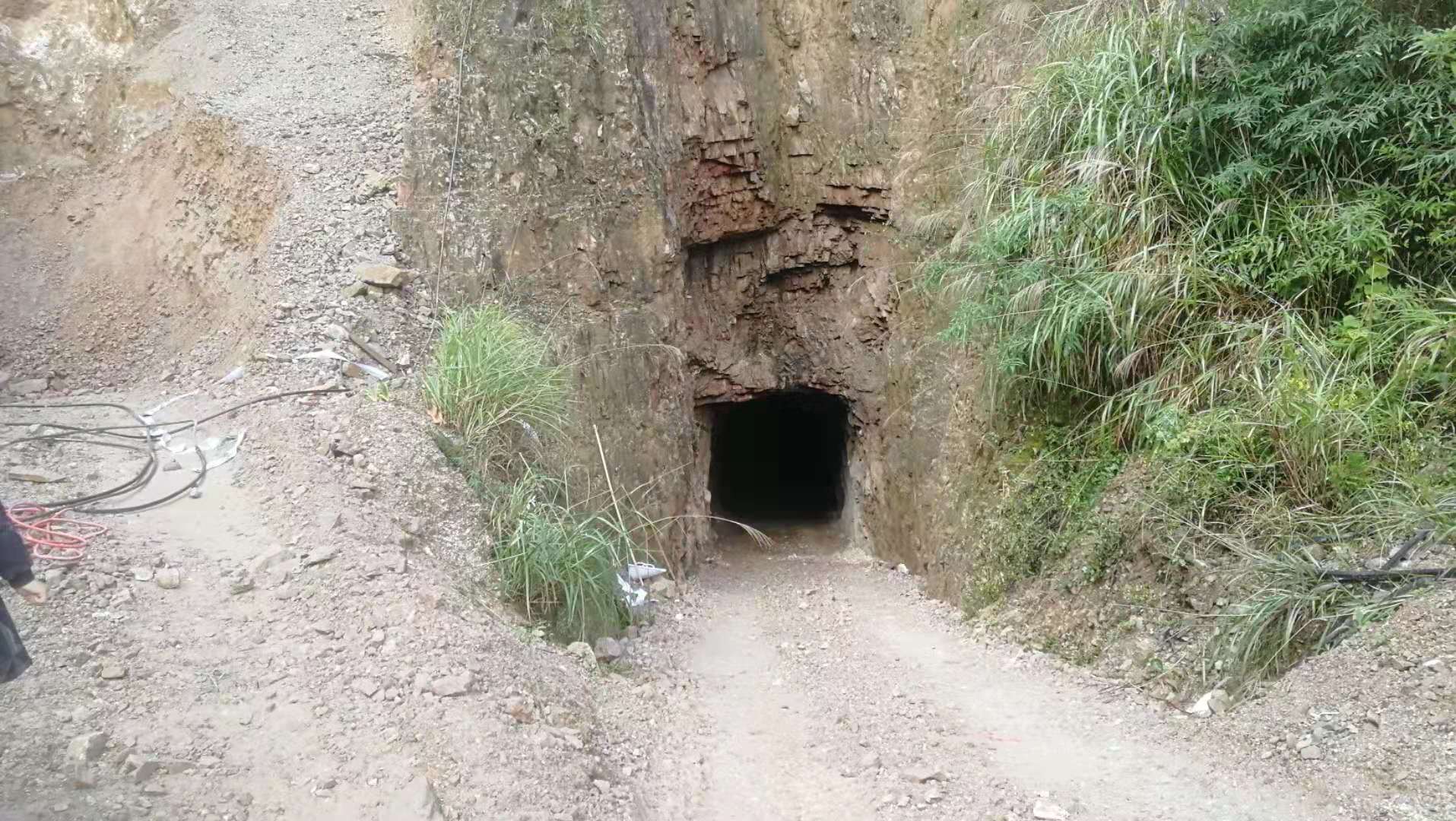1. Quartz fluorite deposit: This deposit is a deposit formed by condensing ore-containing hydrothermal fluids into cracks in siliceous rocks along stratum cracks. In the filling and fissures, the cristobalite and its associated minerals are cemented together, and the ore is lumpy, brecciated, or crystallized. The main minerals that coexist with the ore in the deposit are quartz, and a small amount of calcite, pyrite, kaolin and so on. The calcium fluoride content of fluorite is relatively high, generally up to 70-80% (larger Zhejiang Jinhua, Hubei Hongan, Henan Minggang, etc.). The smaller ones are a lot.
2. Carbonate fluorite deposit: This type of deposit is formed by immersion of fluorine-containing hydrothermal fluid in limestone. The fluorite in the ore is densely packed, brecciated or disseminated. Symbiotic minerals include calcite, quartz, and barite ore. The content of calcium fluoride is generally below 65%. (For example, Jiangxi Dean fluorite mine, Wuchuan, Guizhou, and the "Northeast Guizhou" area of fluorite mine are all of this type, and some of them contain fluorite lower.) This is the type of deposit.
3. Polymetallic fluorite deposits: The main mineral fluorite in this type of deposit often coexists with galena, sphalerite, chalcopyrite, pyrite, and metals such as tungsten, tin, molybdenum, and bismuth (such as Tuanlin in Hunan) Lead-zinc mine Liujiaping mining area, etc.). Fluorite in the ore is generally coarse-grained, with grains of 20-30L, and the largest can reach 75L. The fluorite content is generally about 14-16%.

Some experts have carried out thousands of flotation separation tests on the fluorite mine of the region's barite manufacturer from July 2007. They have designed more than ten sets of process flows, using more than 40 reagents and more than 400 reagents. The formula was finally successfully designed in April 2008 (the barite concentrate grade has reached 95% in September 2008). It is a more scientific and reasonable flotation process that can effectively separate barite and fluorite ore. Process and medication formula.
This process is the process of preferentially popping barite, floating heavy tailings through activation, and then floating fluorite. This process can not only produce raw ore higher than barite but also separate raw ore higher than barite. Examples are as follows: The raw ore mined by Guizhou Huangxin Mining Co., Ltd. contains less than 30% of fluorite, barite content of 50-55%, and calcium carbonate ranging from 5-15%. The ore samples were taken from "Guizhou Huangxin Mining Co., Ltd. floatation plant graded overflow pulp "(they have been engaged in industrial commissioning of the" mixed flotation re-separation process ").
The barite is preferentially floated, and then activated, the pH value is adjusted, and then the process of fluorite is selected. Two sets of pharmaceutical formulas (both Guangxi bought and own) get fluorite CaF2 95% and barite BCaSO4 95 %. The recovery rate is about 85%, so they are all ideal.
If the fluorite grade of Guizhou barite manufacturers is above 40% or the fluorite is higher than barite, the fluorite concentrate grade can reach above 97%. Barite can still reach more than 95%.
Because "mixed flotation" is being debugged in industry, the process of "mixed flotation of fluorite, barite" and then separated is compared with the "preferred" process. By comparing "preferred" to "mixed" The selection process should be more scientific, more reasonable, the concentrate grade should be more stable, and the recovery rate should be higher.